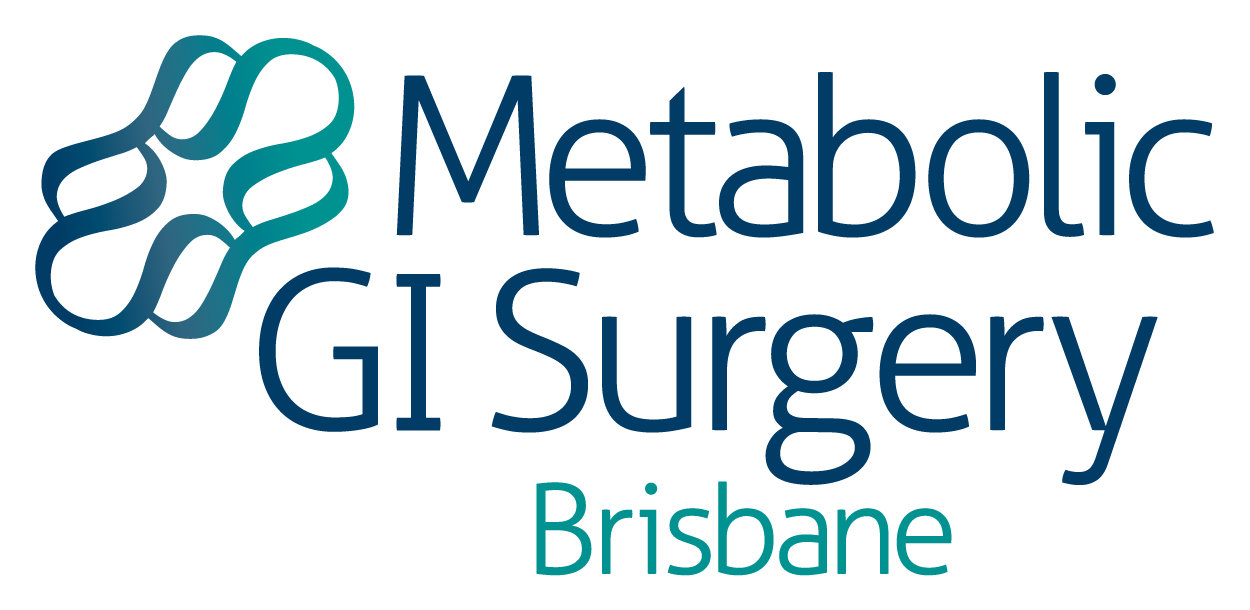Laparoscopic Sleeve Gastrectomy
All operations or interventions for morbid obesity attempt to reduce the stomach capacity. This has the effect of reducing appetite and caloric intake which allows for weight loss. There are a number of different procedures which can achieve this aim and gastric sleeve resection, also known as sleeve or tube gastrectomy, is one of them. The operation consists of removing about three quarters of the stomach. The stomach is a large pouch in the upper abdomen which is designed to take large volumes of food and fluid (up to 2.5 litres) and expand when doing so. Sleeve gastrectomy reduces the carrying capacity of the stomach to about 200mls.
Advantages
From the patient’s point of view the advantages of this operation are that it provides fixed restriction which does not require adjustment, reduces the appetite and permits fairly normal foodstuffs to be eaten but in limited quantities. In terms of weight loss this procedure is usually associated with 40-60% excess weight loss over 12-18 months
This is a procedure which can usually be performed laparoscopically (keyhole surgery), but on occasions a laparotomy (large incision) will be required for safe completion. A tube is placed in the stomach to guide the surgeon so that a stapling and cutting device can be run along the stomach to excise a large portion. This leaves a very long narrow tube or sleeve into which the food will be passing.
 07 3861 4677
07 3861 4677 reception@osb.net.au
reception@osb.net.au
